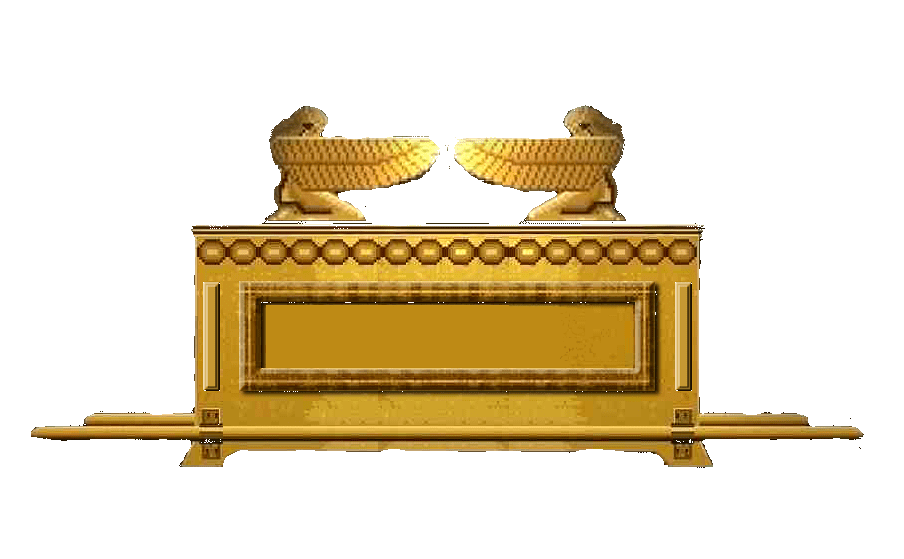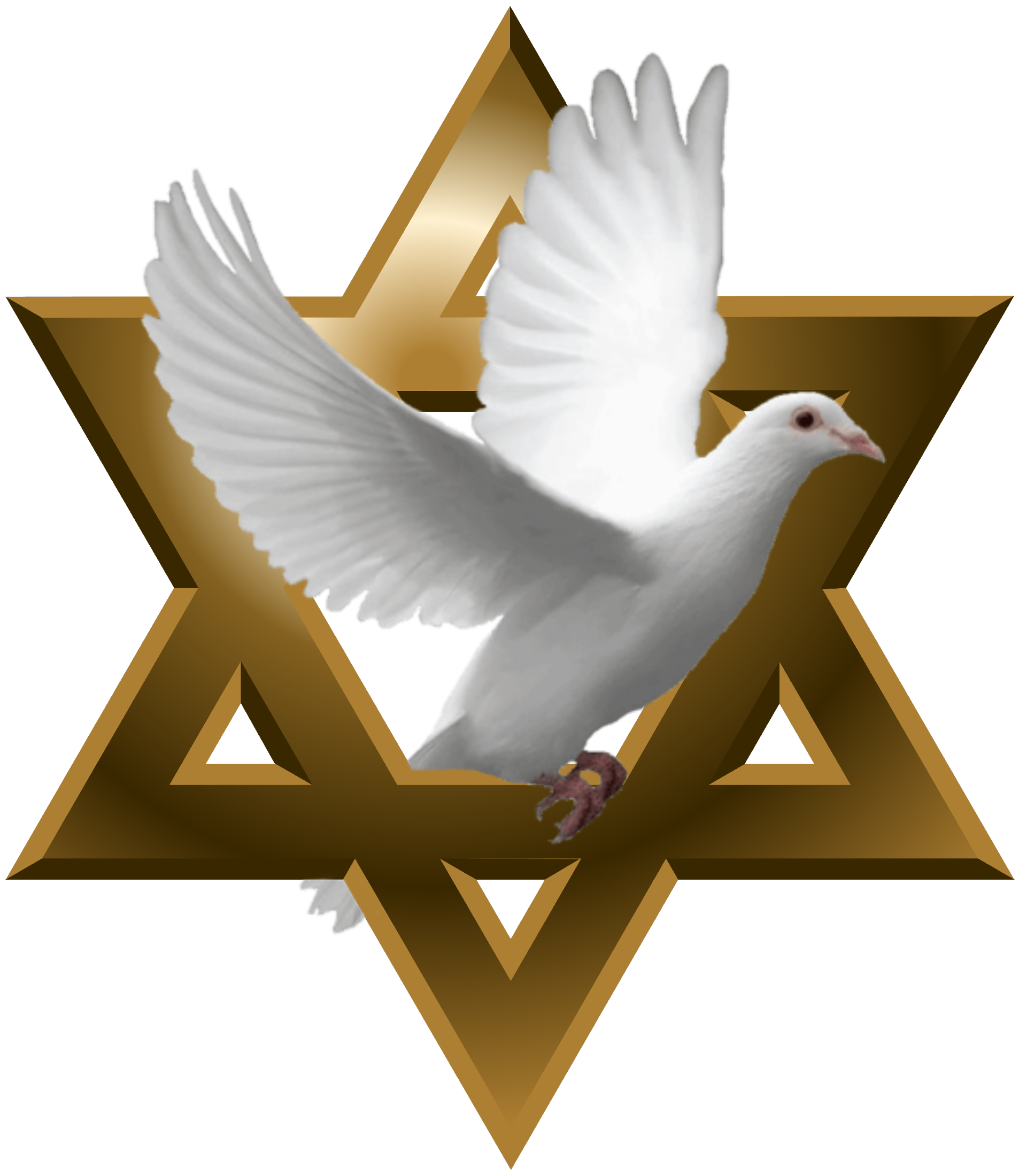TABERNACLE TIMES
THE TABERNACLE IN BRANSON'S MONTHLY NEWSLETTER
PURIM FUN FACTS
March 2019 | Adar I - Adar II 5779 | Volume 14 Issue 3
Purim is just around the corner. The story of Queen Esther (Yay!!) of Persia. More than 2000 years ago, the year of 3392 after the creation of the world, King Ahashaverosh ascended the throne of Persia. King Ahashaverosh ruled over a vast kingdom of 127 countries, extending from India to Ethiopia. When Queen Vashti refused her Kings request to appear before him, he was infuriated so much that he had her vanished. The King ordered a search for a new queen and Esther was chosen. Here are ten things you may not know about th e story of Purim:
Queen Esther’s name was Hadasaah
(“Esther” in Persian). By no means was Esther the most beautiful of all the maidens, yet the King preferred her above all the others. The contest to replace Queen Vashti took several years. The fairest maidens from all 127 provinces of the King’s empire were assembled, in the King’s palace of Shushan, to vie for the King’s favor. They received all of the beauty treatments and the most exquisite clothing they requested. Esther, however, did not ask for anything. From the moment of her appearance in the palace she enchanted everyone by her modesty and was treated with marked respect. Her beauty generated from her inner self, giving her special grace that alone was hers. Through her life she stayed true to herself and HaShem, and in this way an entire people were rescued.
Mordechai was the first person to be called a “Jew”
Esther was raised by her cousin Mordechai. He wasn’t the first Jewish person, but he is thought to be the first person to be referred to as a Jew rather than an Israelite or Hebrew.
Ahashaverosh searched four years for a queen,
during which he considered more than 1400 contestants, before he chose Esther.
Vashti (Ahashaverosh’s first queen) was the great-granddaughter of Nebuchadnezzar,
Babylonian emperor who destroyed the first Holy Temple.
Queen Esther may have been a vegetarian
(for a while at least). According to the Talmud, Queen Esther, the heroine of the Purim story, was a vegetarian while she lived in the palace of King Ahashaverosh, in order to avoid violating the kosher dietary laws while keeping her identity as a Jew a secret. Therefore many Jews shift toward a vegetarian diet during the time of Purim.
The Word Purim Means “Lot”.
That’s “lot” as in lottery. In this case it refers to the way Haman (Boo!!) chose the date for slaughtering all the Jews in Persia.
The earliest observance of Purim dates back to the 5th century BC.
Mordechai was a very old man during the story of Purim.
Mordechai was already a member of the Sanhedrin, the highest court of Torah Law in Jerusalem, 79 years before the miracle of Purim.
The day before Purim is a day of fasting
to commemorate Esther’s fasting. All the Jews of Shushan, young and old alike, fasted and prayed to HaShem. After three days, Esther went to the King, despite the law, thinking if she were to perish, she would perish.
G-d’s name is not mentioned once in the entire book of Esther.
In celebrating Purim, think about the ways G-d is protecting you, delivering you, governing you — even when those ways look like natural events.
One of the primary themes is unity. “They tried to kill us, we won, let’s eat!” We were all in danger together, so we also decided to celebrate together. On Purim we place special emphasis on caring for all, especially the less fortunate. Let us all emphasize the importance of friendship and community, for Our Master Yeshua taught us, it is more blessed to give than to receive. May you enjoy your time of Purim and be blessed in recollection of the Book of Esther. Join us on March 23rd, 2019 as we celebrate a Purim Spiel, “Megillah Around The Clock”, the story of the Book of Esther. Live! at the Tabernacle! 256 Church Road, Branson, MO. Praise and worship to start at 11:00. Feel free to don your favorite 50’s costume and enjoy the day with us!

